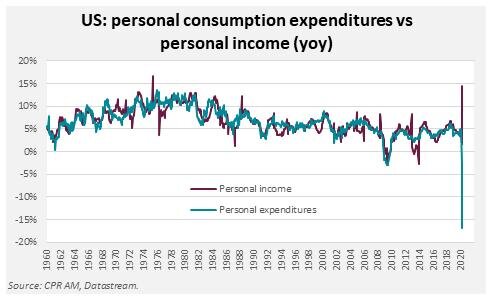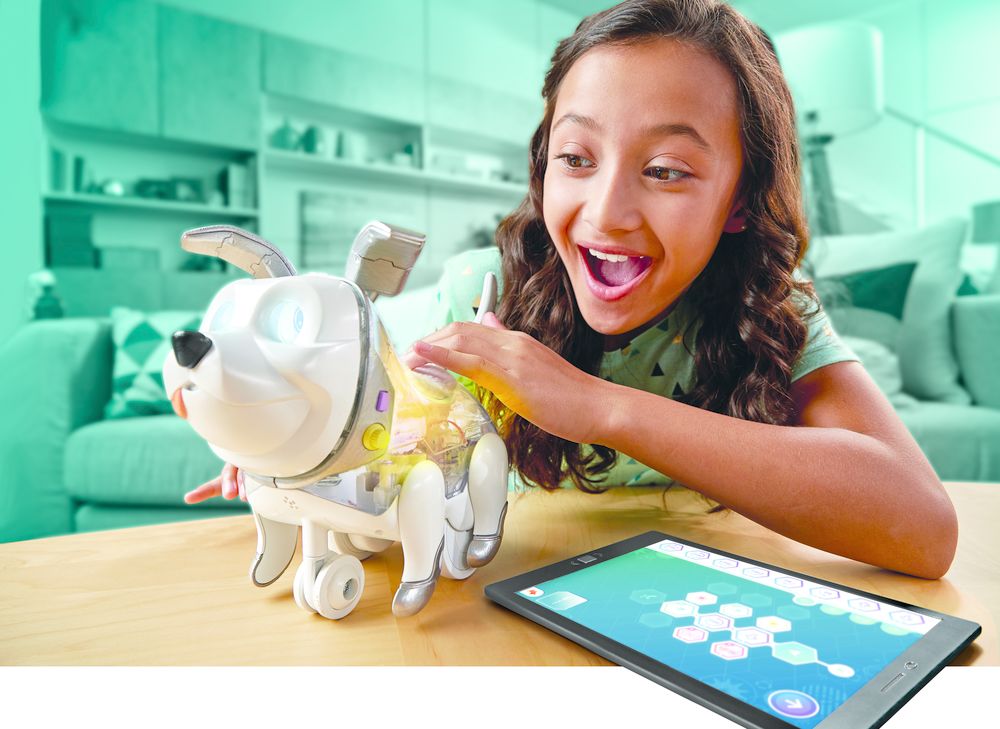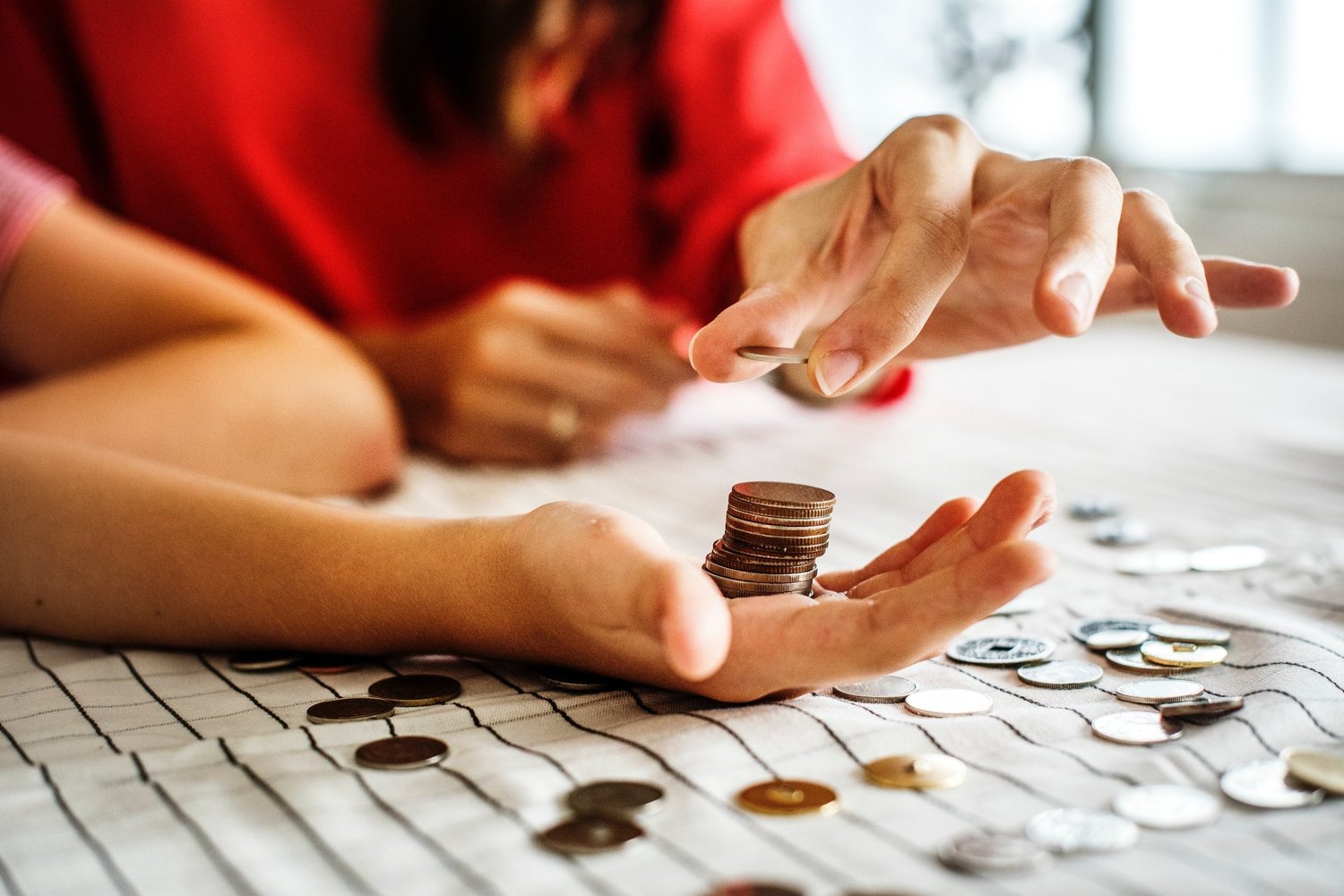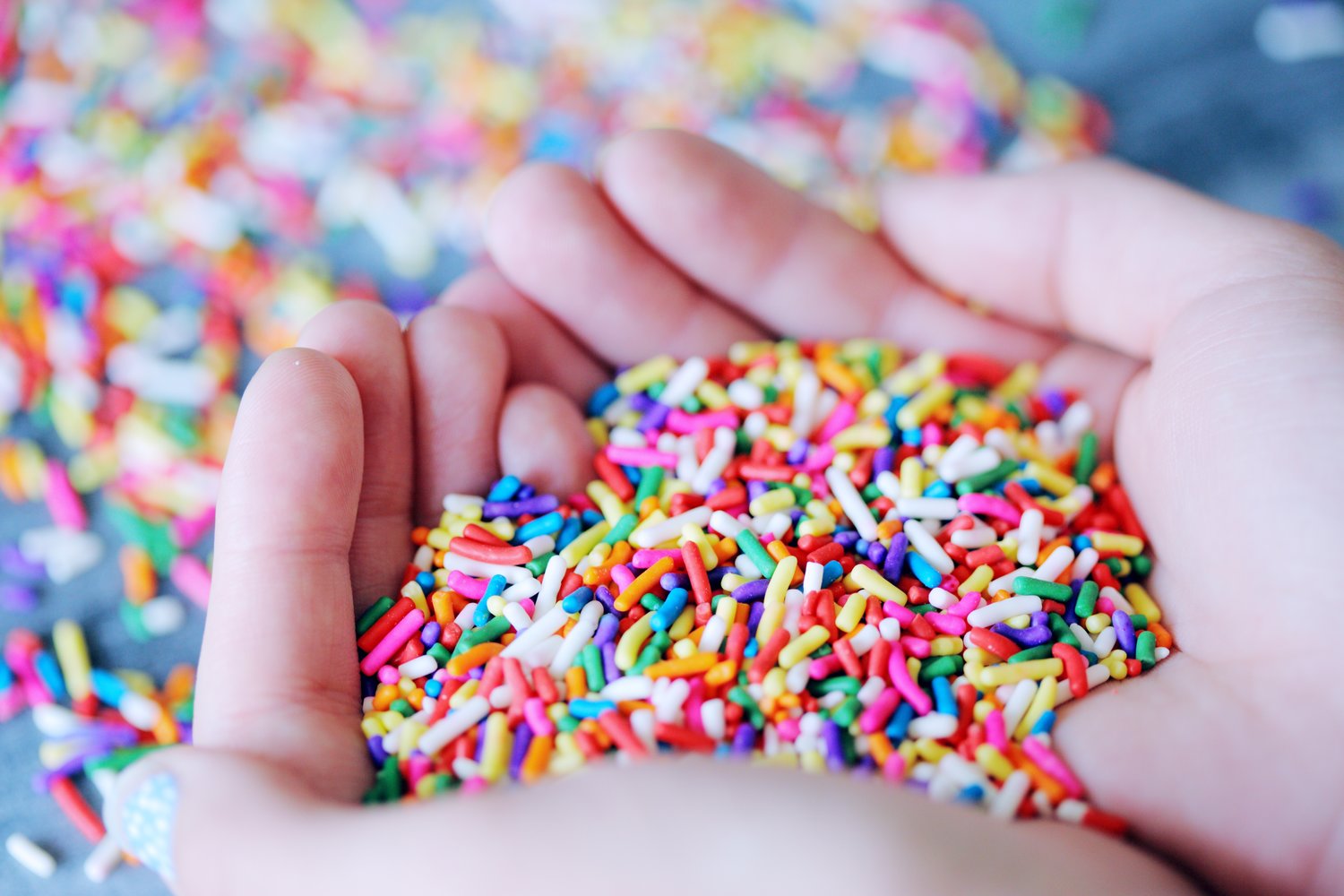Few have felt very successful these last few months. Retailers’ numbers have plummeted, businesses have shuttered, and some schools have gone so far as to give all students A’s in acknowledgment of how their education has suffered.
Table of Content
If history is our guide, such “failures” could very well lead to some of the biggest breakthroughs our world has ever seen.
The next time you feel that you’ve failed, pat yourself on the back. You may have just discovered the world’s next billion-dollar idea. We’re all hard on ourselves when we make a mistake. But history is full of examples of happy accidents. Truthfully, your home is likely full of them. Check out these little mistakes:

1. Play-Doh
Every toddler’s favorite toy? That was supposed to clean dirty wallpaper. But it didn’t work well. Fortunately for the failing company that invented it, creative kids found another use for the stuff. Chalk one up to childlike imagination.

2. Coca-Cola
The inventor of Coke? He was a pharmacist. And he was trying to cure headaches. Then his assistant accidentally carbonated the beverage, and the rest is history. He never could have imagined his concoction becoming one of the leading beverages in the entire world.
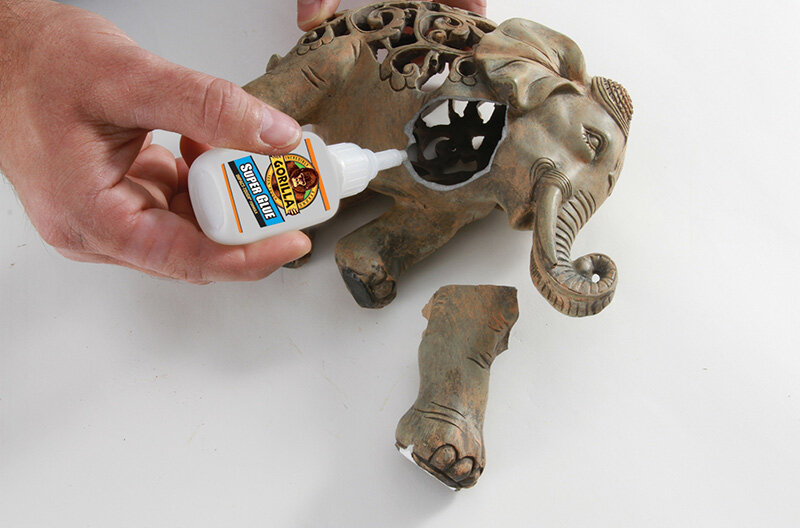
3. Super Glue
Super Glue was, believe it or not, originally intended as a gun sight. If that doesn’t sound like it would be successful, it’s because it wasn’t. And it was sticky. Really sticky. A few epiphanies later, the error was patented.

4. Velcro
History attributes the success of Velcro to a dog. When burs got stuck in a dog’s fur, its owner took them home to his microscope, where he discovered the hooks he would later replicate in the now-familiar product.

5. Slinky
When a naval engineer was trying to find a spring that would keep instruments from rocking around too much, one fell over. And over. And over. His serious quest took a very fun turn.
Don’t you feel better about your own shortcomings now? For more inspiring errors, check out our episode, Learning from Failure.



